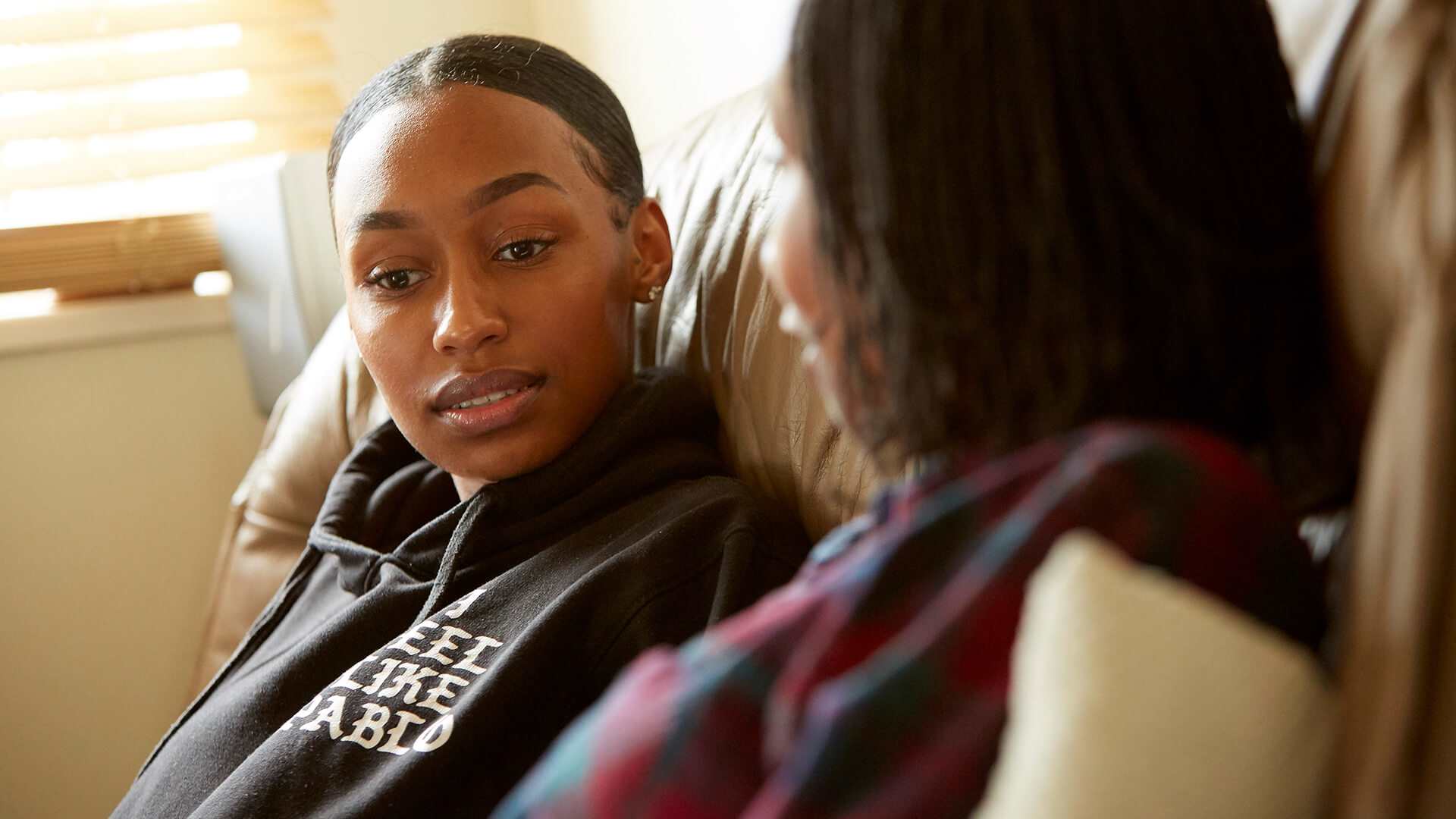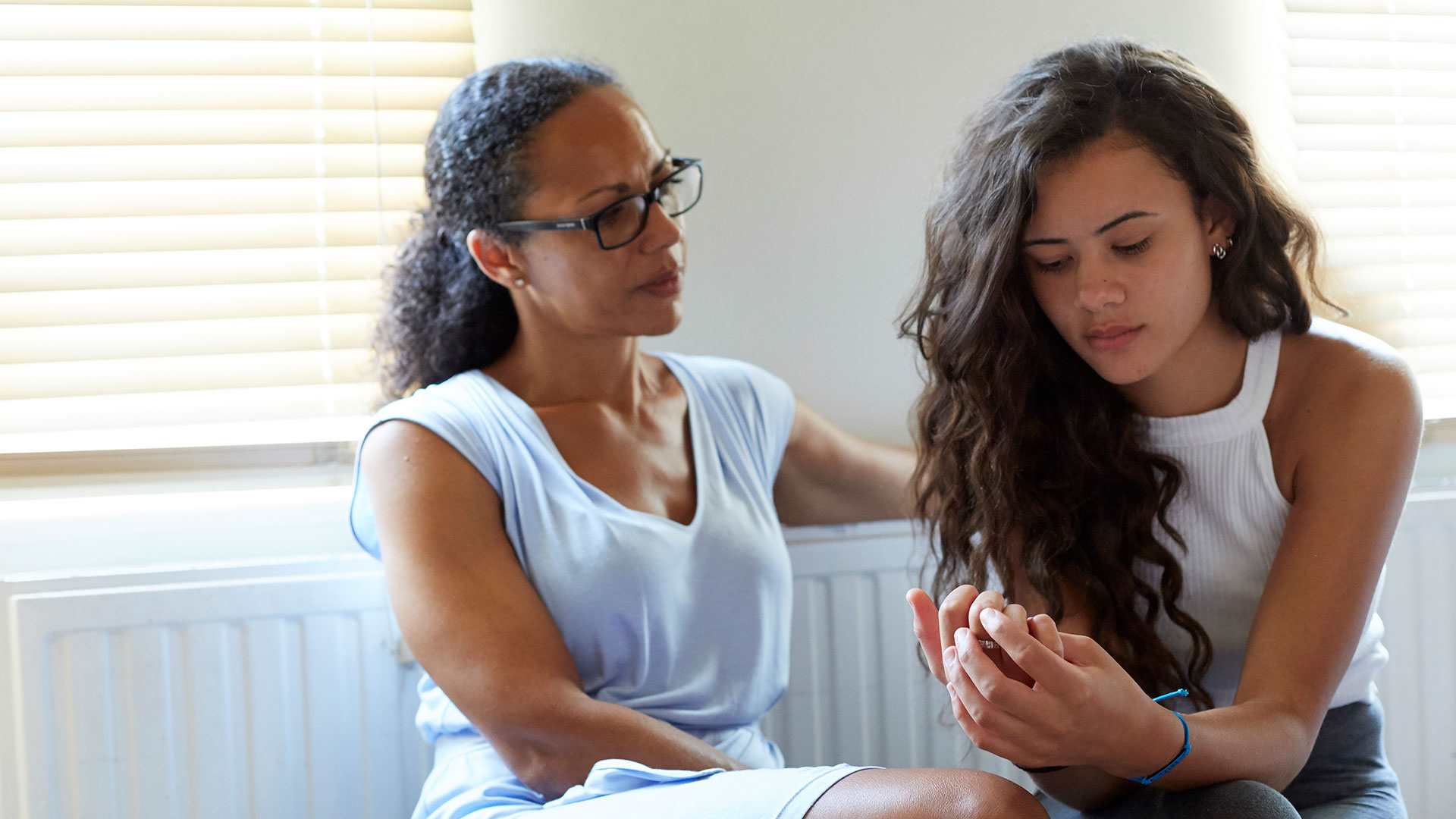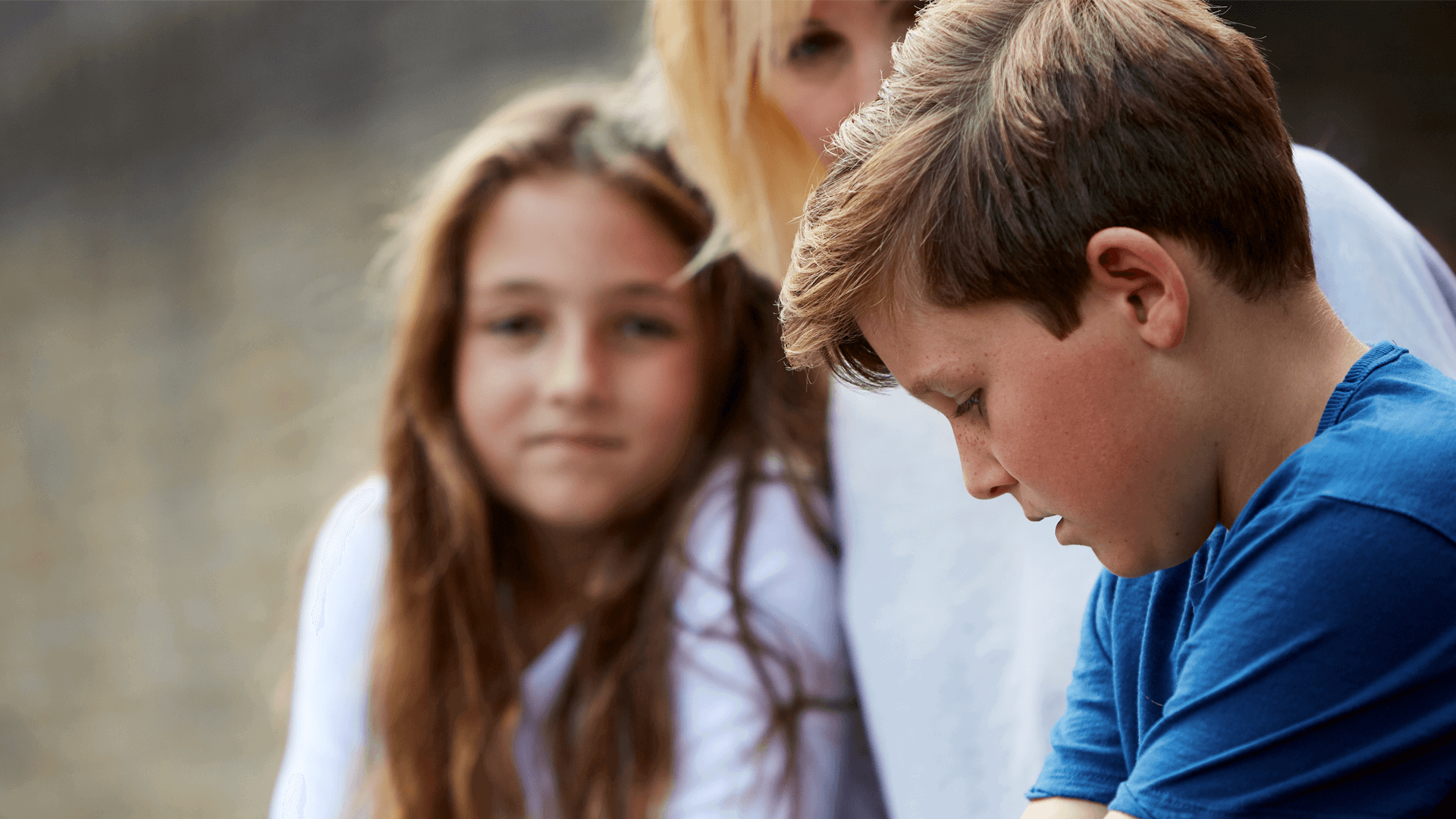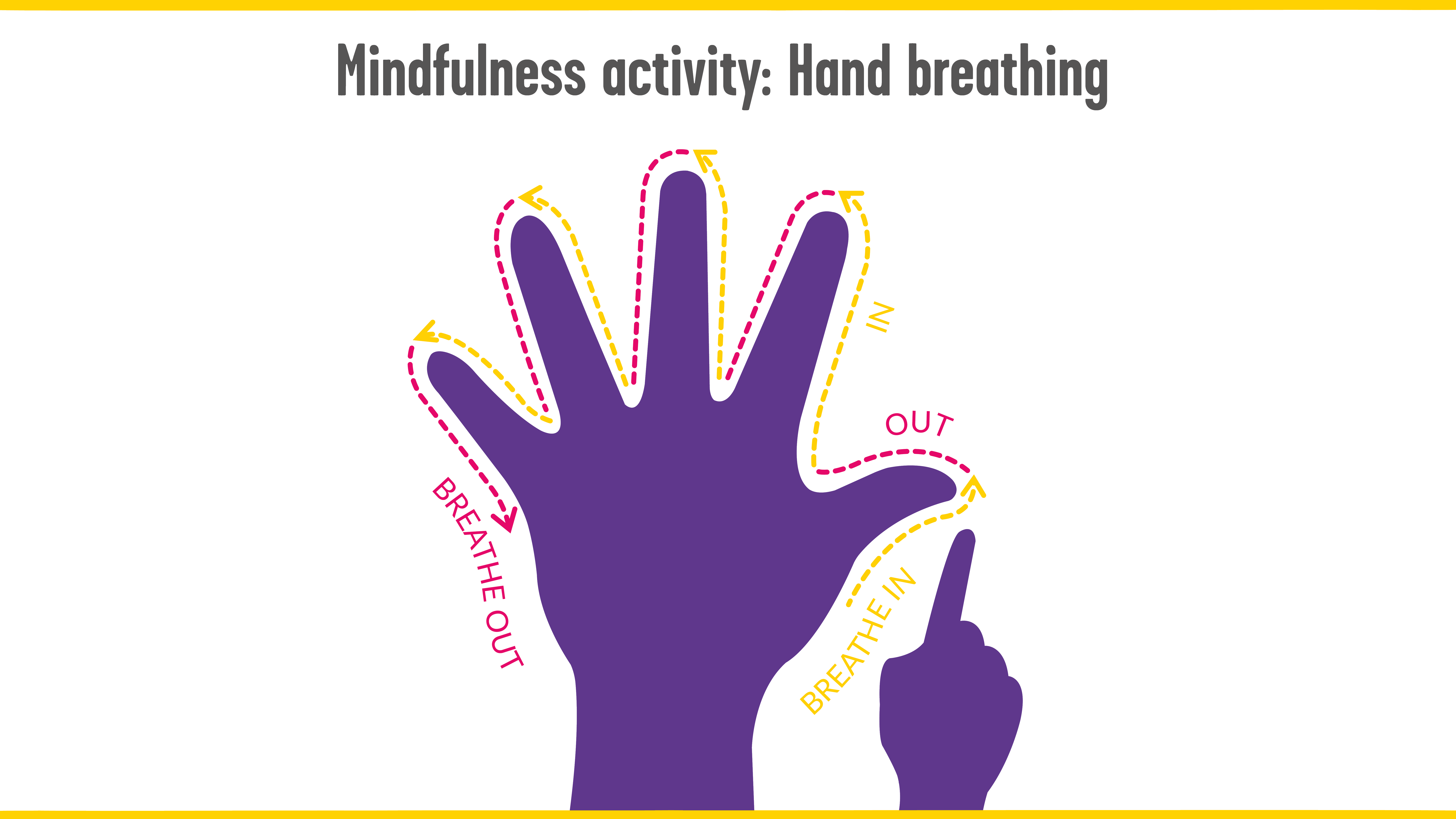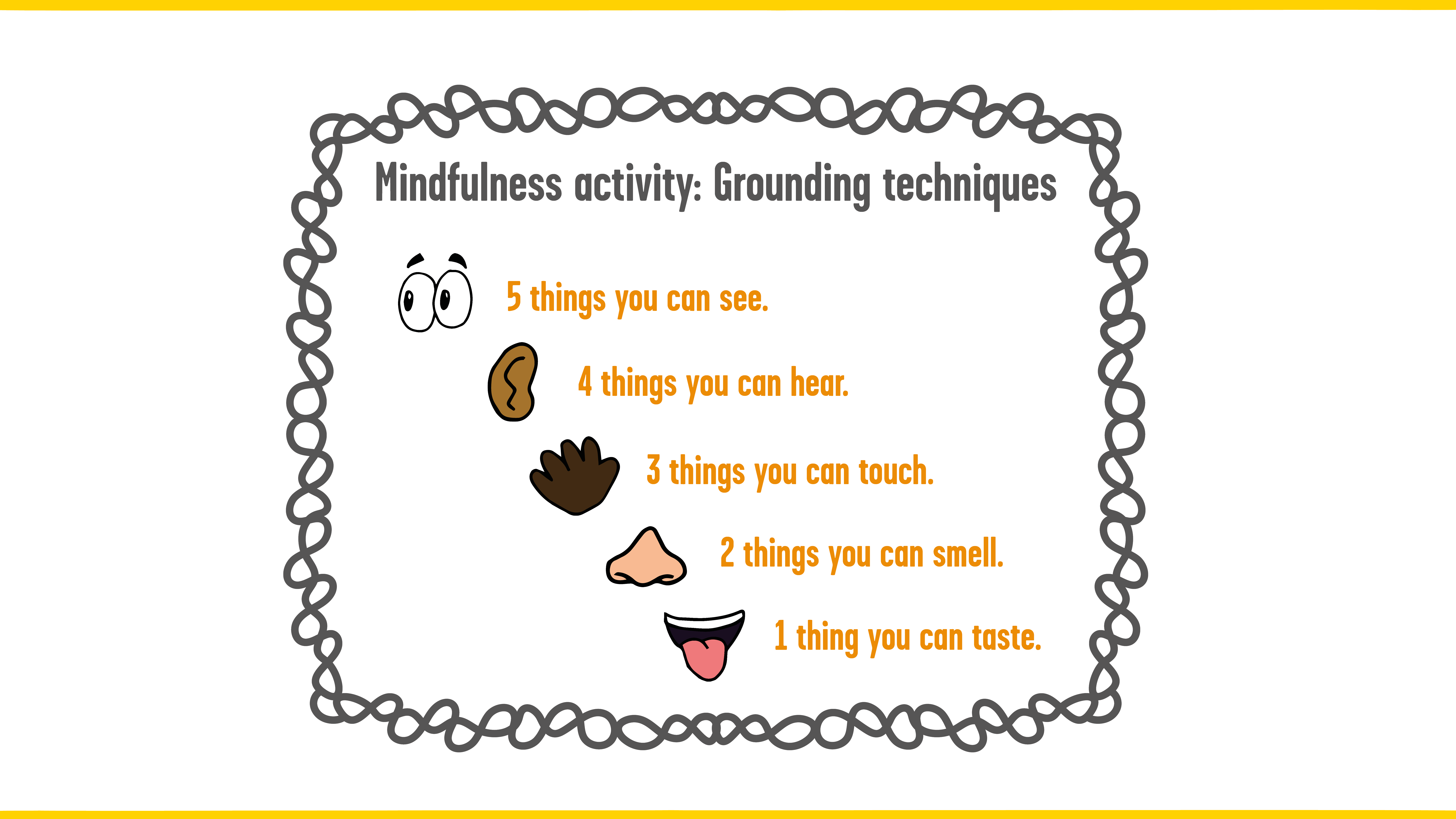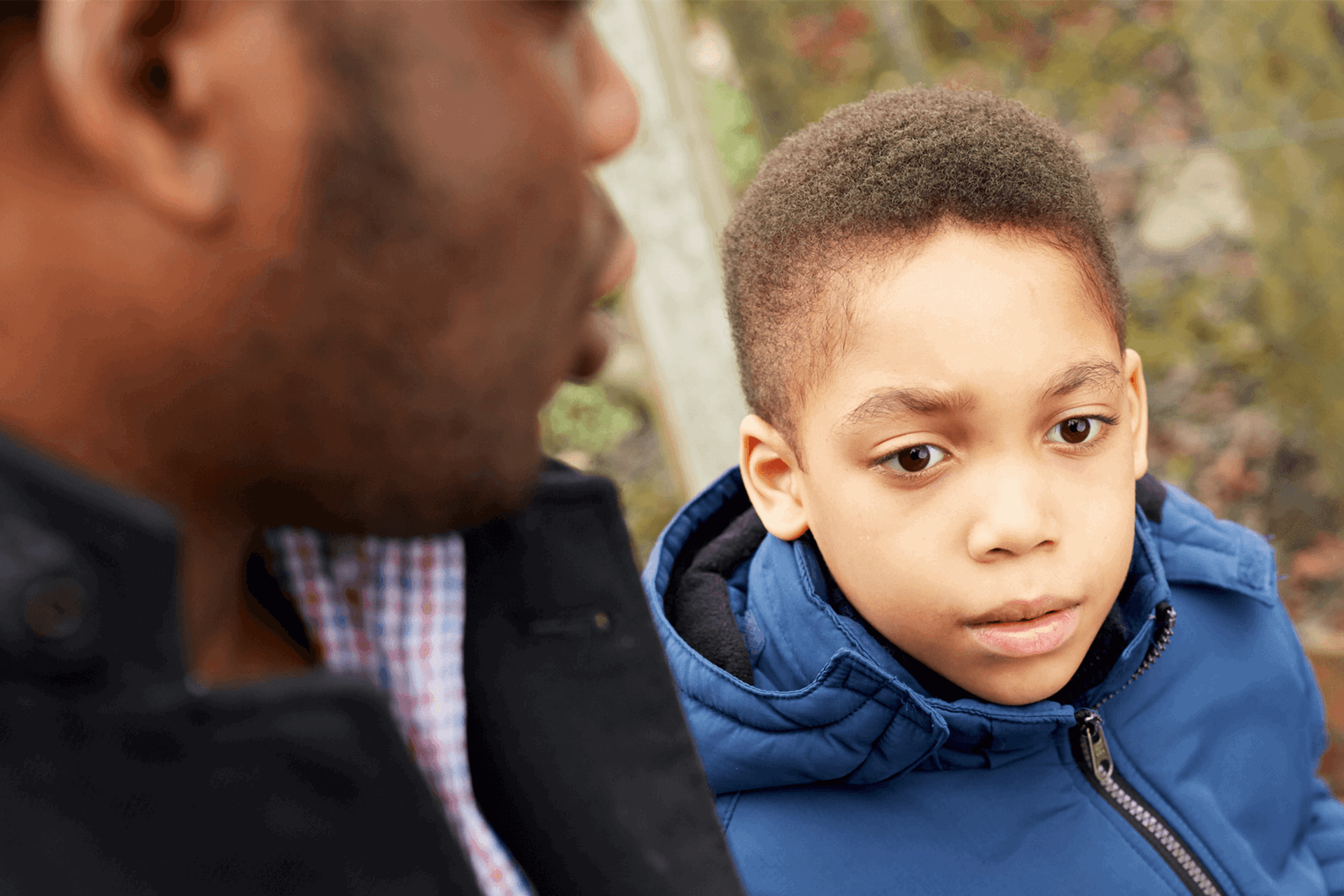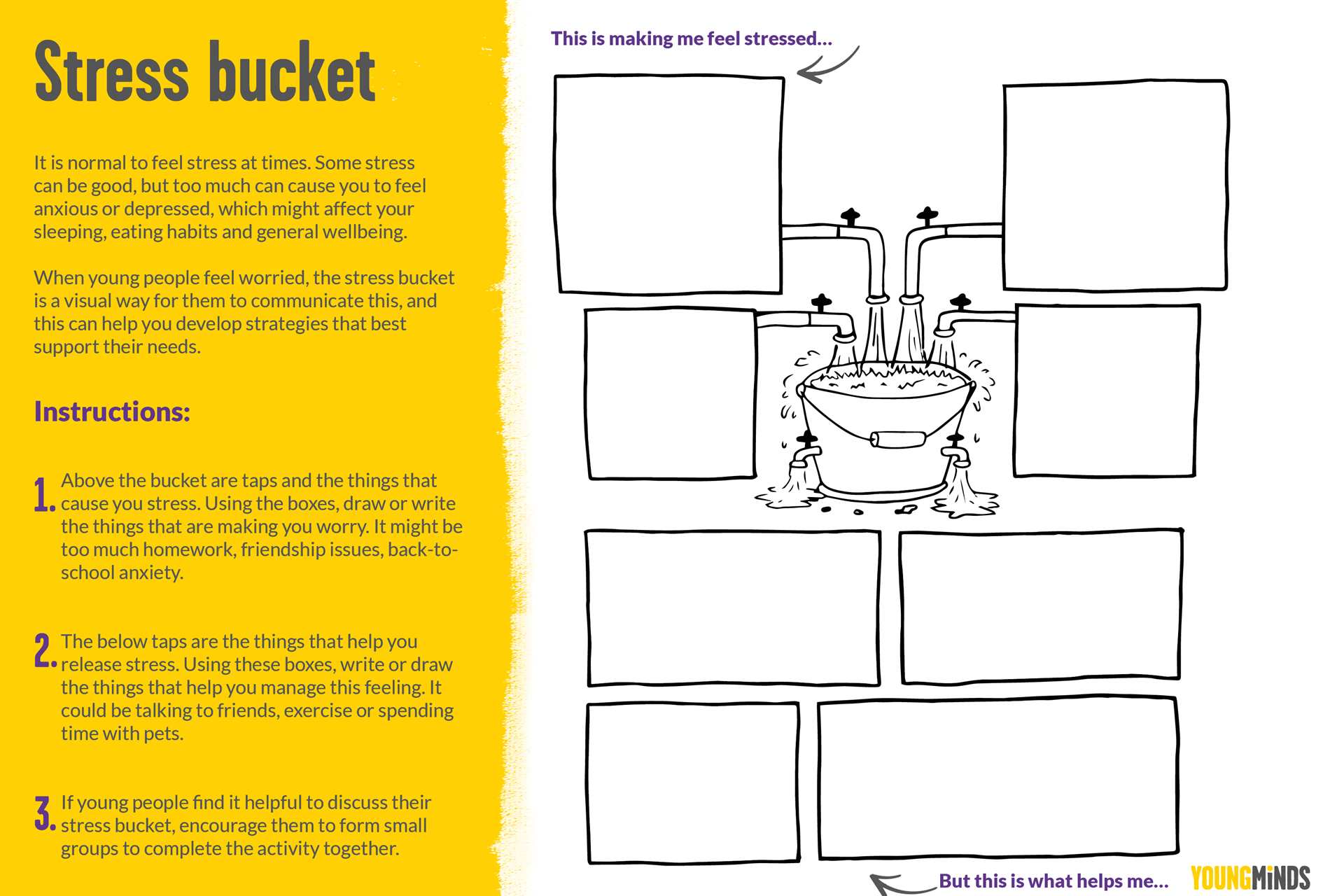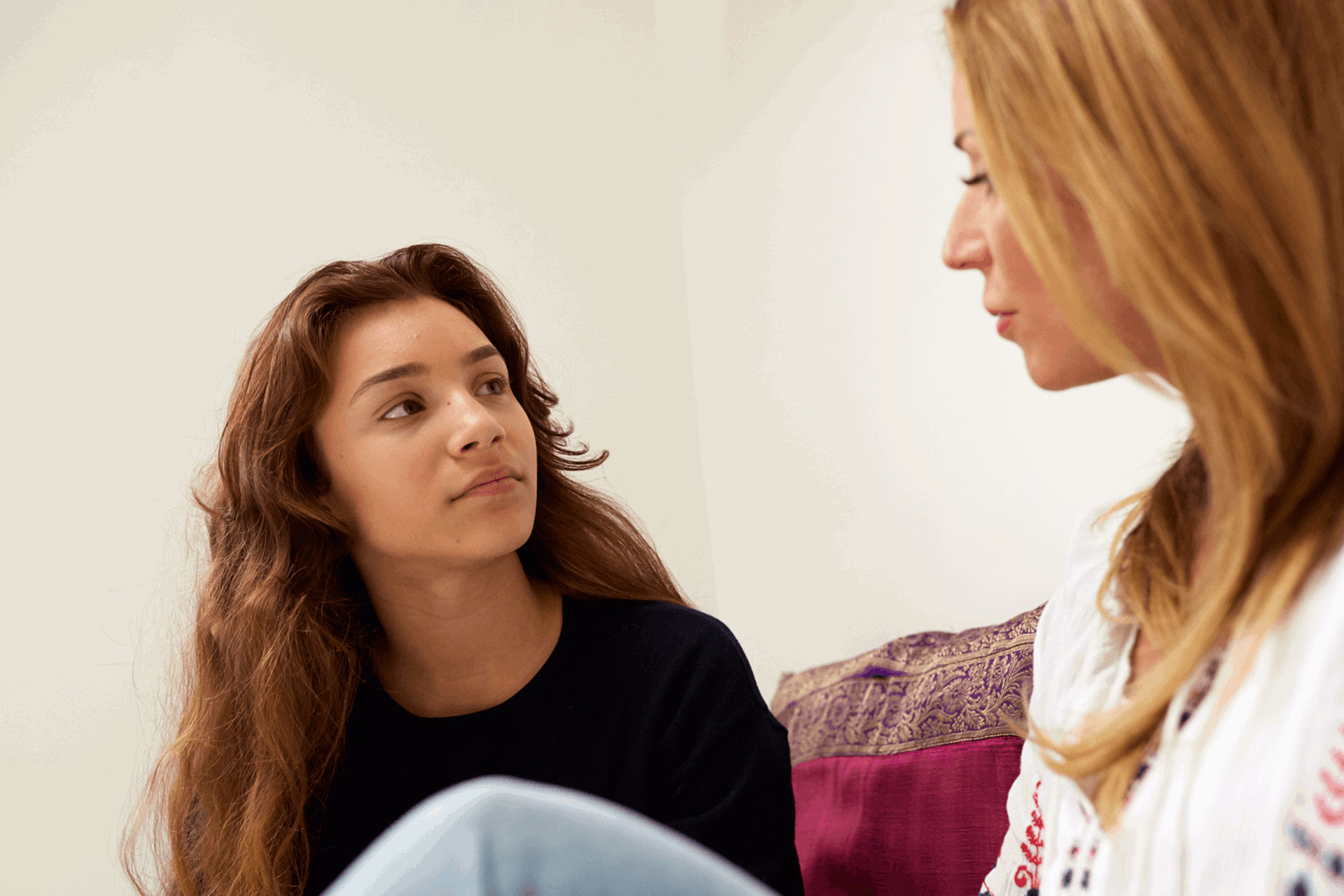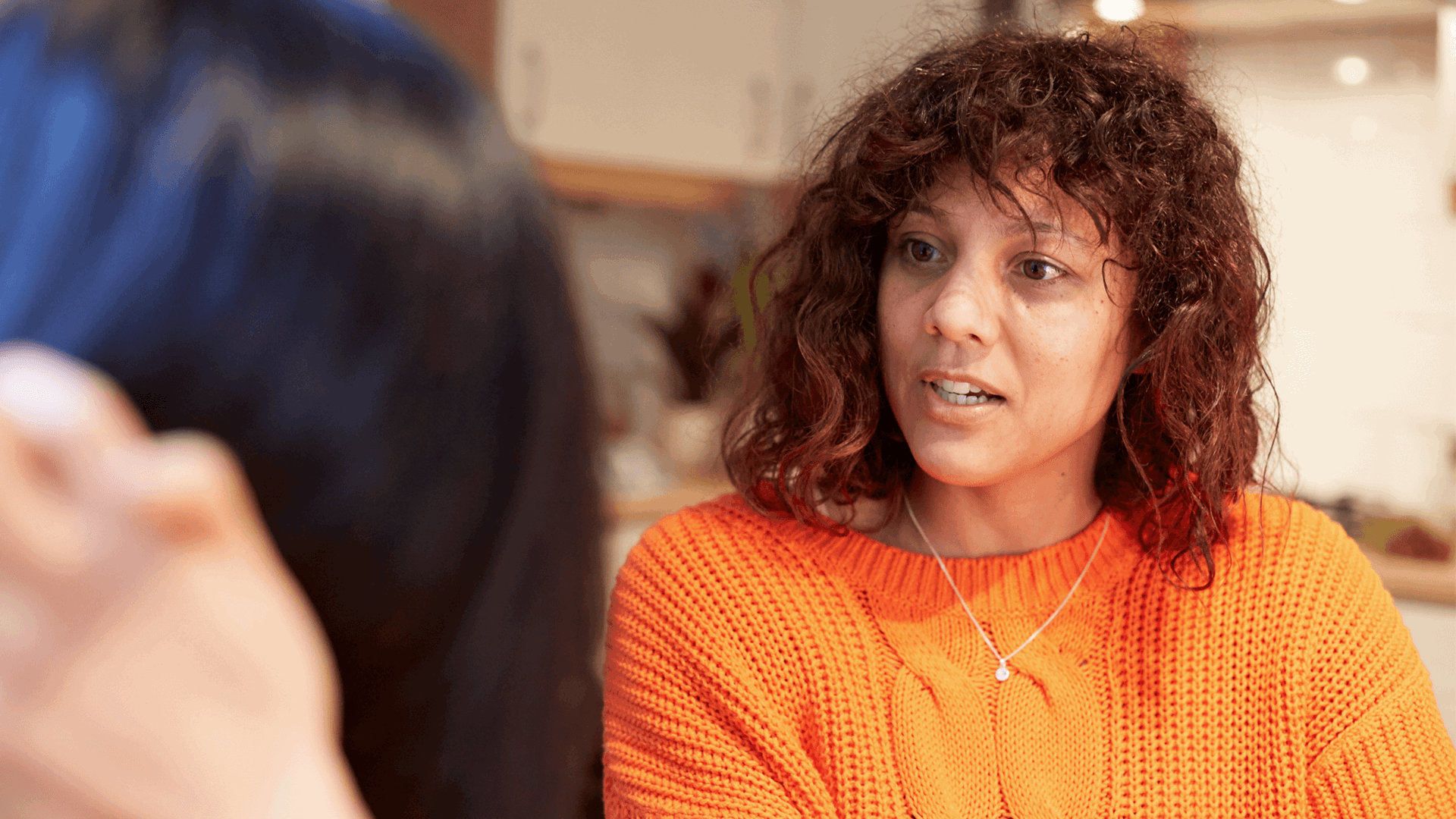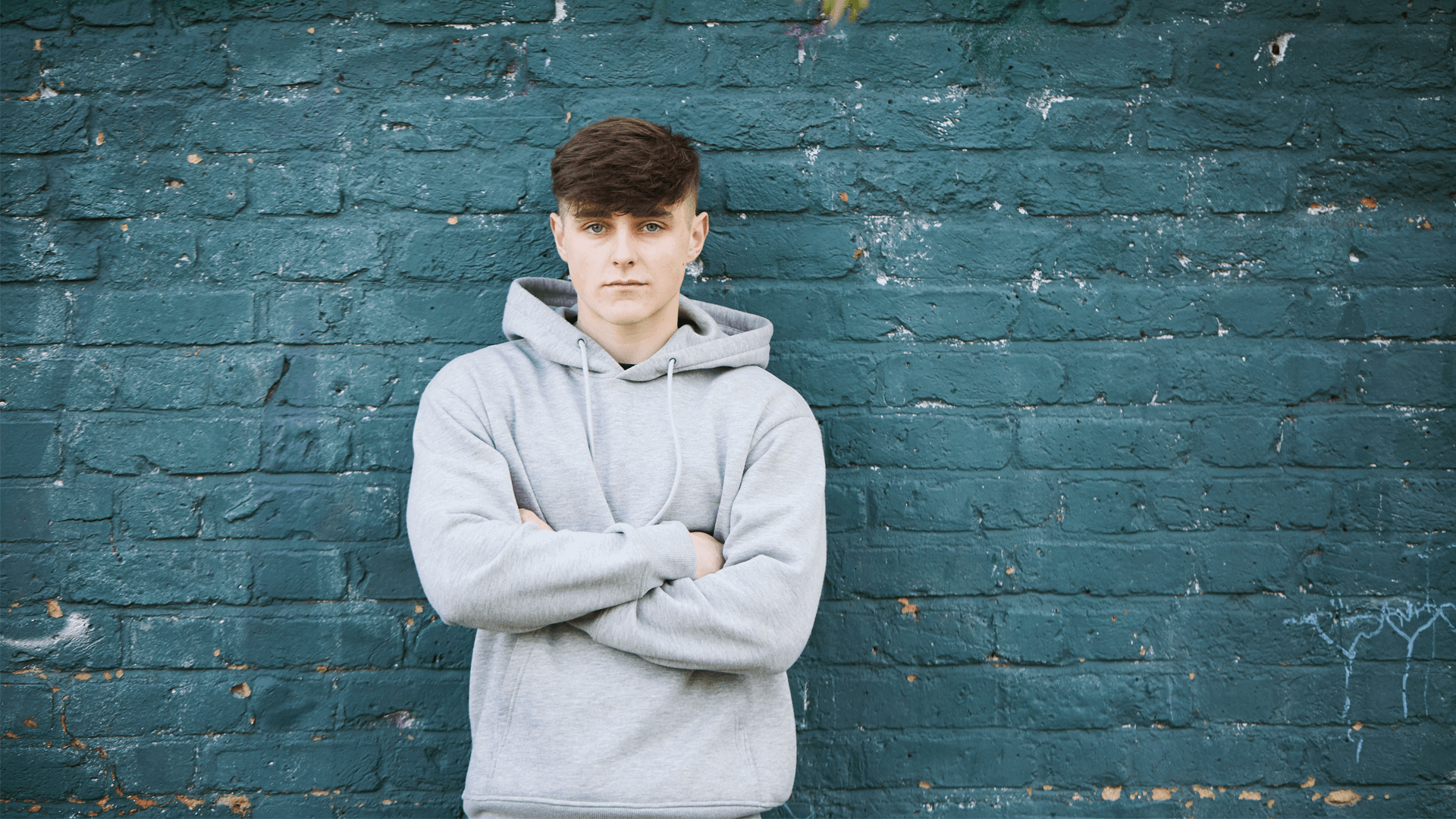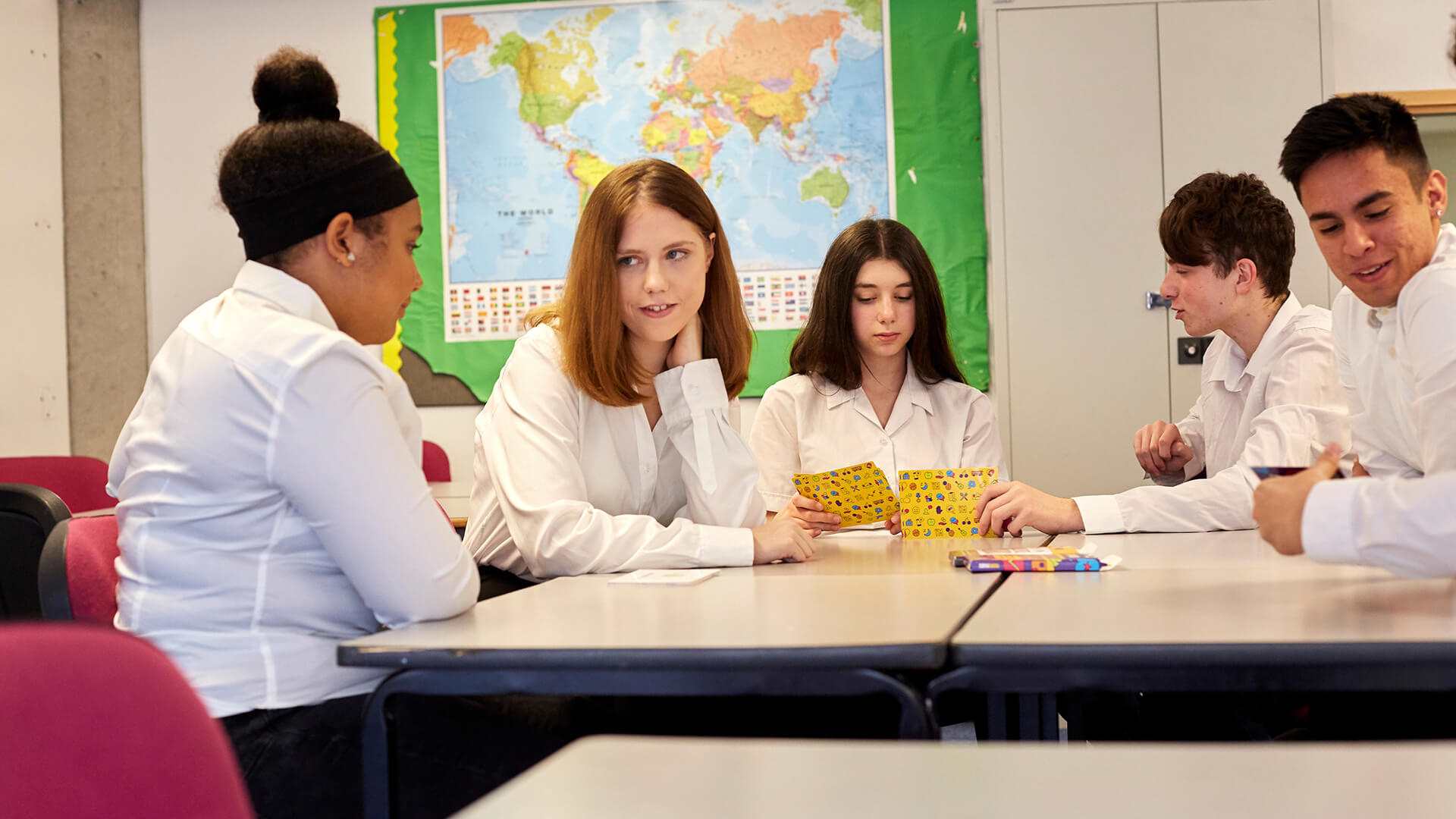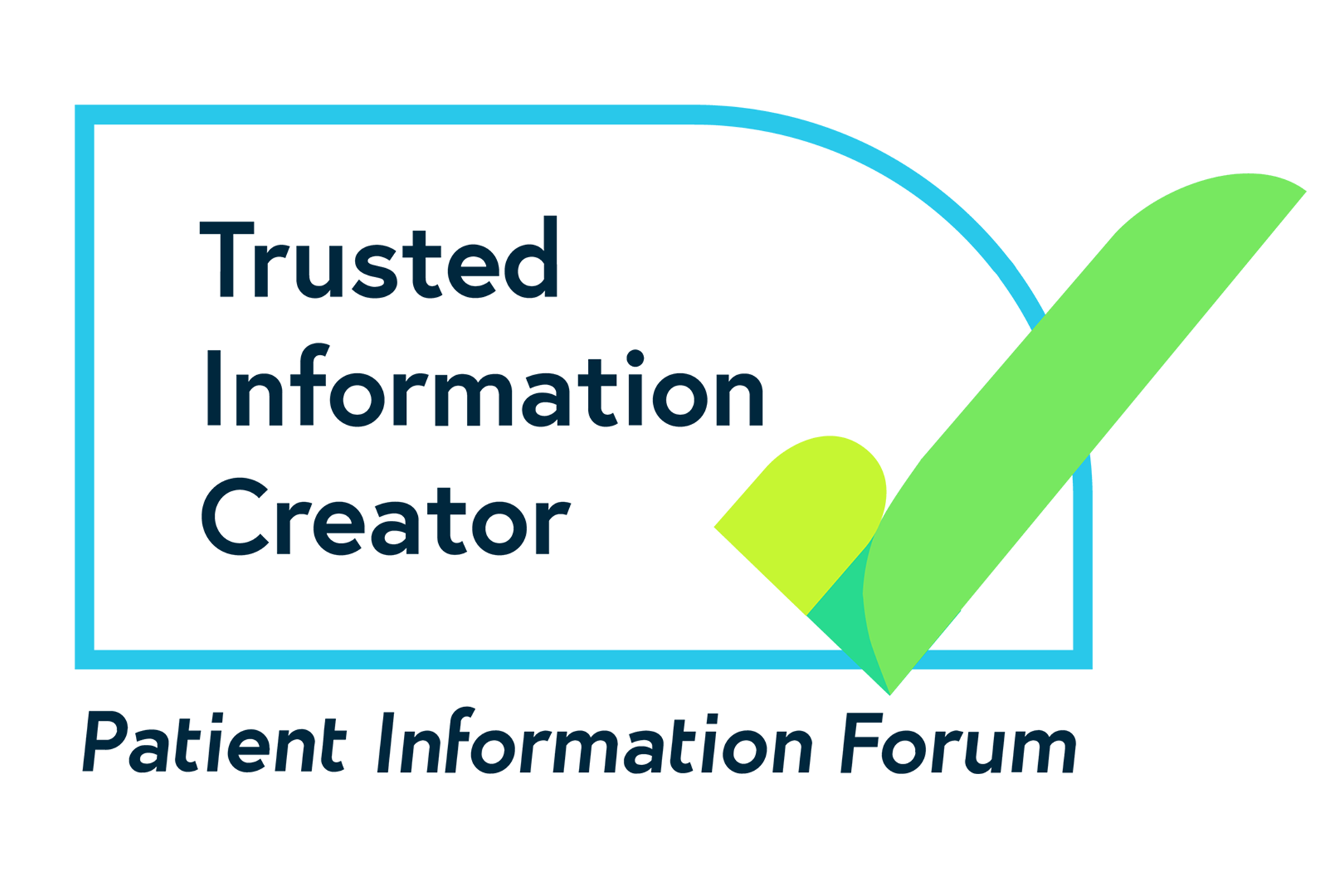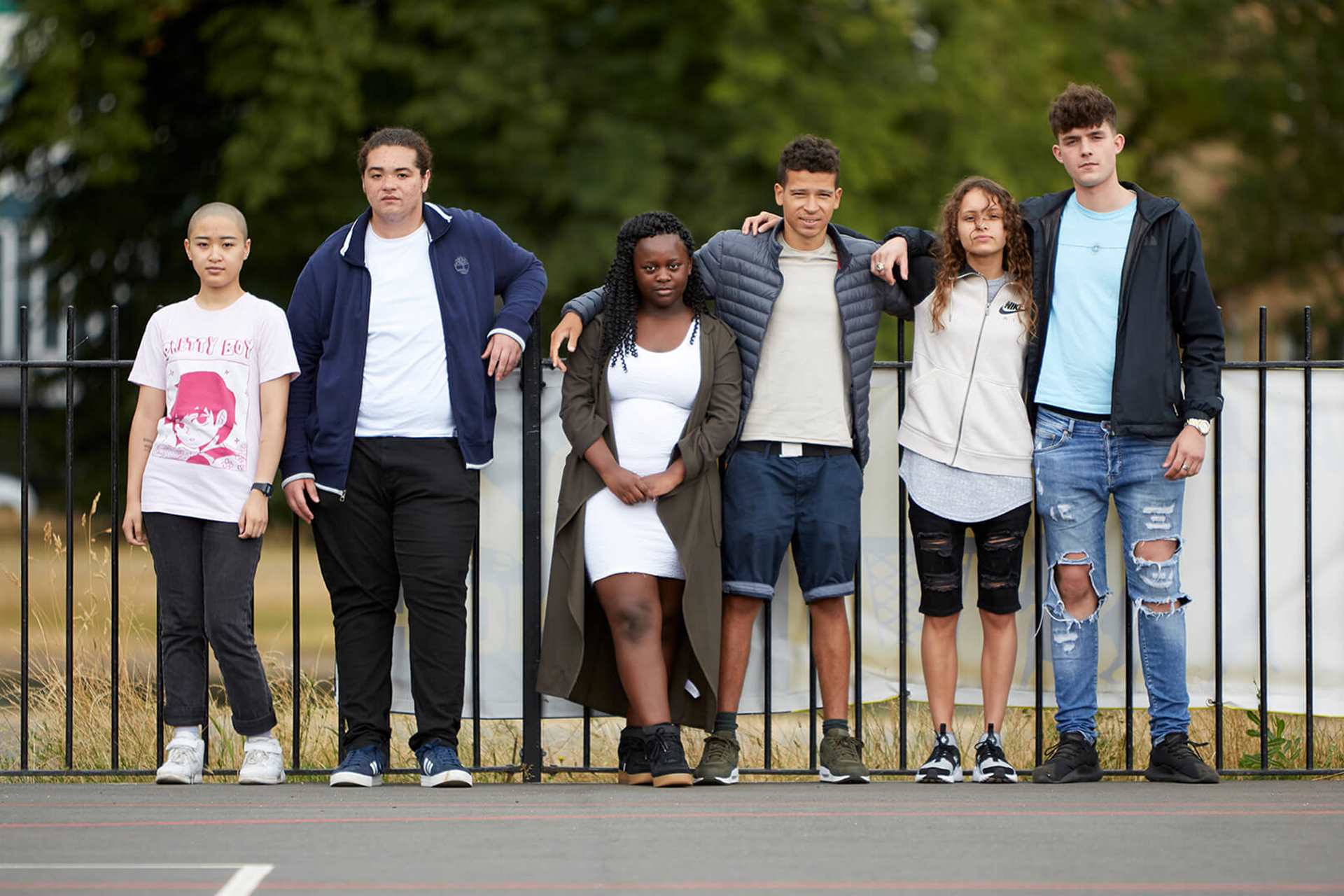Young people tell us it also helps to...
-
- think about something you’re looking forward to
- imagine your thoughts leaving your brain and floating off into the sky
- keep yourself occupied
- have time out
- reflect on how you’re feeling
- talk to other people you trust
- remind yourself you’re not alone – odds are someone in your friendship circle has anxiety or depression too
